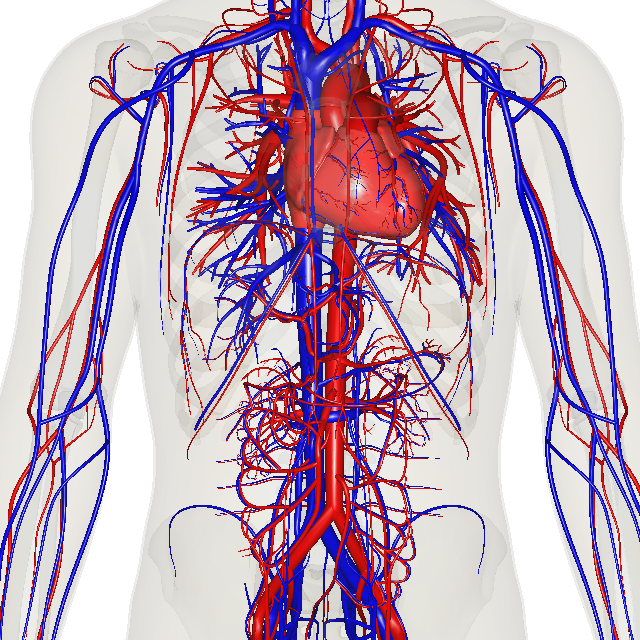.
Function:
The Circulatory System transfers oxygen, blood, and other fluids and chemicals to other parts of the body.
Organs:
The Circulatory System has many organs to it such as the Heart, Veins and Arteries. The function of the heart is to pump blood given from the
veins and exchange it with oxygen. The veins carry blood to the heart and the arteries carry blood away from the heart.
Interactions w/ Other Systems:
The Circulatory System interacts with other systems in many ways. The Respiratory System is given dissolved carbon dioxide from the heart to breathe out. The circulatory system also interacts with every part of your body since all your cells must have oxygen to survive and produce energy.
Analogy:
| Image Source: https://goo.gl/n4tx05 |
Explanation:
The reason why I chose this picture to represent the Circulatory System because the this system is like a pathway. The Circulatory System is a pathway that transports blood, oxygen, and liquids to other parts of the body. A pathway transports people to different parts of the building in the picture above. People can go the opposite direction of each pathway or forward, similar to how fluids go back and forth to the heart.
Structure and Function:
The organ that I chose for this section is the arteries. The arteries transport blood produced by the heart to other parts of your body. The size of arteries in your body are usually the same- thin tubes that transport blood, oxygen, and other fluids around the body. I believe the arteries are shaped like that is so the arteries do not take up much space but also at the same time transport as much oxygen and blood to all parts of your body.
Sources:
Studios, Andrew Rader. "Circulation Is the Key." Biology4Kids.com: Animal Systems: Circulatory System. Biology4Kids, n.d. Web. 19 Oct. 2016. <http://www.biology4kids.com/files/systems_circulatory.html>.

No comments:
Post a Comment